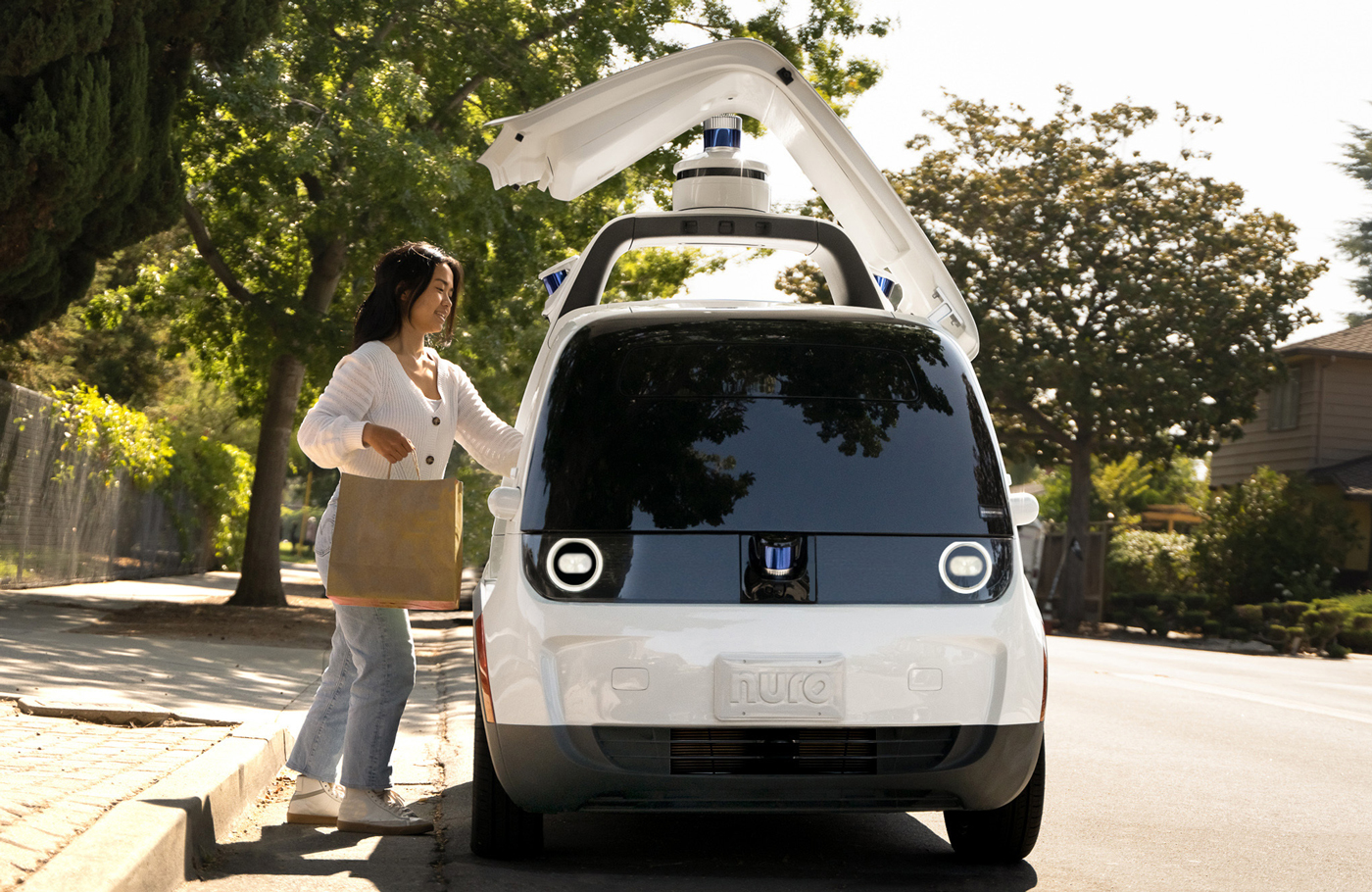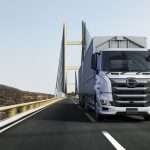A glimpse into an autonomous future
A glimpse into an autonomous future
The light commercial vehicle (LCV) segment is booming due to a rise in last-mile deliveries, thanks to increased e-commerce. This sector is also filled with a myriad new developments…
Global Market Insights (GMI), a US-based global market research and management consulting company, reveals that the LCV market size was valued at US$6.1 trillion in 2023. It is estimated to register a compound annual growth rate (CAGR) of over 8% between 2024 and 2032, GMI points out in its report, “Light Commercial Vehicle Market Size – by Vehicle (Pickup trucks, Vans, Light-duty trucks), by Gross Weight, by Fuel, by Application, Forecast 2024-2032”.
“The demand for efficient last-mile delivery services is propelled by the exponential growth of e-commerce. As consumers increasingly prefer online shopping, there is a corresponding need for swift and reliable delivery of goods to their doorsteps,” notes the report. “Light commercial trucks play a crucial role in this ecosystem due to their agility and capacity to navigate urban environments, where many delivery destinations are located. Moreover, the rise of same-day and next-day delivery further amplifies the need for efficient last-mile logistics, driving the market growth.”
The LCV market is filled with many new developments including, notably, the addition of autonomy. Nuro – a leading autonomous technology company with vehicles on the road in California and Texas – has entered into a partnership with Foretellix, a provider of safety-driven verification and validation (V&V) solutions for automated driving systems, to accelerate the safe and large-scale deployment of autonomous vehicles for last-mile delivery.
Foretellix and Nuro will collaborate to develop an extended library of scenarios for urban environments. This will enable automated virtual testing of the Nuro Driver, the company’s branding for the hardware and software needed to power its autonomous delivery vehicles. The virtual testing will use Foretellix’s Foretify platform (which combines real-world test drives and hyper-scale simulation) and Nuro’s advanced simulator.


“Nuro takes safety extremely seriously. Foretellix’s safety-driven V&V technology supports that commitment while accelerating our development and path to commercialisation,” says Sreeja Roy Singh, head of systems engineering at Nuro. “Foretellix’s leadership in using OpenSCENARIO 2.0 for abstract scenario description and testing automation will play a critical role in Nuro’s development process. It allows us to make our research and development more efficient, while ensuring our technology operates safely in real-world scenarios.”
“We are excited to partner with Nuro,” adds Ziv Binyamini, Foretellix’s co-founder and CEO. “We share Nuro’s passion and vision for safe autonomy that improves daily life for millions of people. We are looking forward to working with Nuro and helping them deliver on their vision faster and more efficiently.”
Nuro’s offering is also getting an honourable place in the history books, as the Smithsonian’s National Museum of American History is adding the company’s first-generation “zero-occupant” self-driving delivery vehicle, powered by sustainable energy, to its robot collections. Collecting the R1 from Nuro is part of the museum’s continuing effort to document inventions in sustainability.
Deployed over the course of 2018 and 2019, the R1 was utilised for testing and deliveries in Scottsdale, Arizona, operating at a maximum speed of 25mph (just over 40km/h). The white vehicle, built off a golf cart platform, has short- and long-range sensors, as well as numerous safety features. Classified as an on-road vehicle, it was required to meet all applicable Federal Motor Vehicle Safety Standards (such as side-safety mirrors), even though there was no person in the vehicle to use them.
Four years after Nuro was founded in 2016 by Jiajun Zhu and Dave Ferguson, it became the first company to receive a National Highway Traffic Safety Administration exemption for public road use of a self-driving vehicle. With that exemption, the company’s second-generation vehicles now operate without some of the normal elements of a passenger road vehicle, such as rearview and side mirrors and a windshield.
“The donation of the R1 prototype not only helps us document the history of robot development but offers a glimpse of what the future of sustainability and mobility might be,” says Carlene Stephens, a curator in the Smithsonian’s division of work and industry.
“We started Nuro with a vision of improving everyday life for individuals and communities,” says Ferguson, Nuro’s co-founder and president. “Safer streets, more sustainable commerce, and more time for what matters. We are so proud that our first custom vehicle, the R1, will help showcase this vision as part of the Smithsonian’s collections. As kids, many of us spent time at the Smithsonian, inspired by the incredible innovation chronicled within its walls. We are thrilled at the prospect that Nuro may help inspire the next generation of innovators.”
The R1 was deployed by Nuro for the company’s first commercial service in 2018, delivering groceries in Arizona. During the pandemic, in 2020, Nuro worked with two California medical treatment facilities to deploy its second-generation vehicle to make contactless delivery of medical supplies.
Things are really looking bright for the LCV segment. With autonomy beginning to gain more traction, driverless vehicles may soon become an increasingly common sight on roads around the world.
Published by
Jaco de Klerk
focusmagsa




